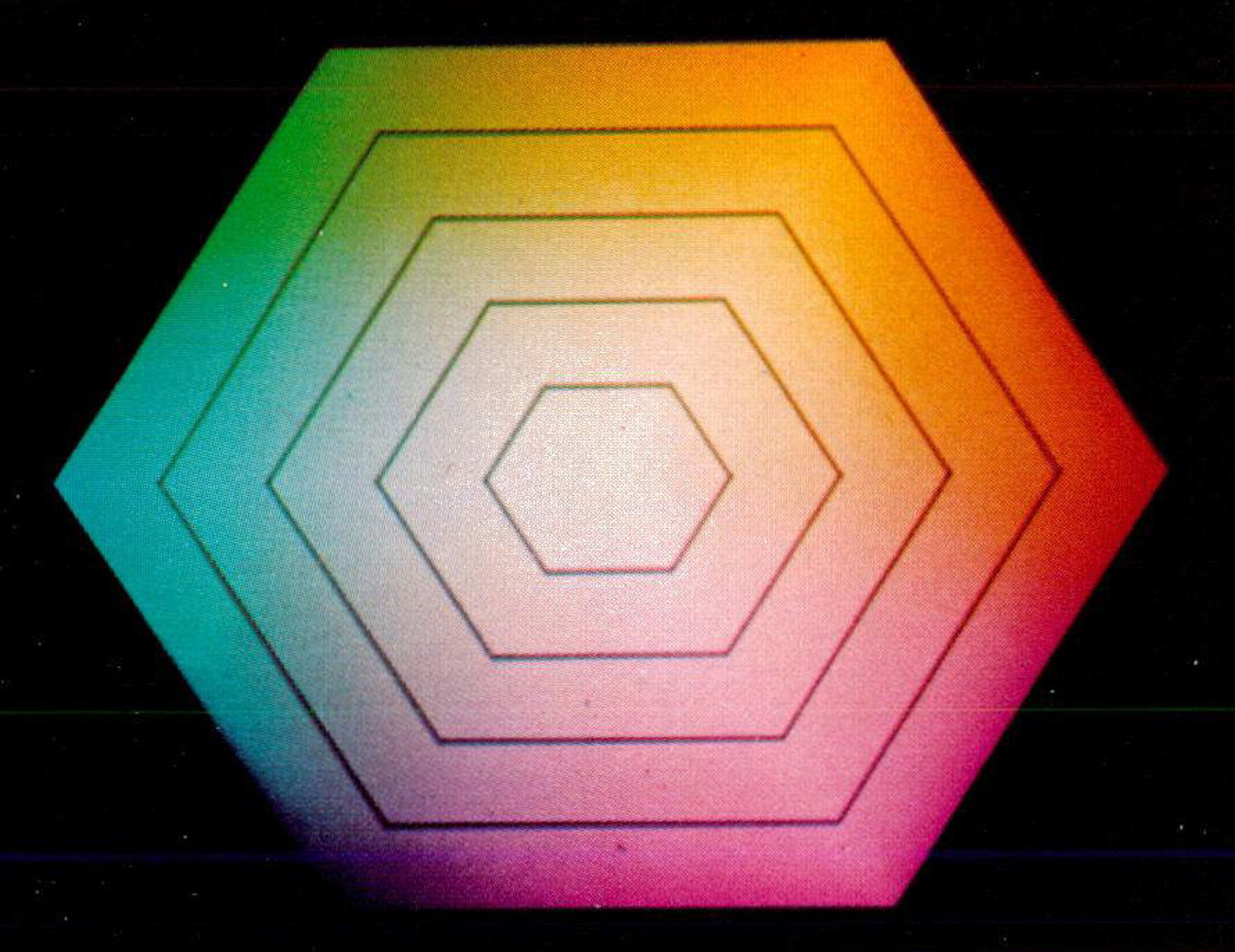“Color gamut transform pairs” by Smith
Conference:
Type(s):
Title:
- Color gamut transform pairs
Presenter(s)/Author(s):
Abstract:
Digital control of color television monitors—in particular, via frame buffers—has added precise control of a large subset of human colorspace to the capabilities of computer graphics. This subset is the gamut of colors spanned by the red, green, and blue (RGB) electron guns exciting their respective phosphors. It is called the RGB monitor gamut. Full-blown color theory is a quite complex subject involving physics, psychology, and physiology, but restriction to the RGB monitor gamut simplifies matters substantially. It is linear, for example, and admits to familiar spatial representations. This paper presents a set of alternative models of the RGB monitor gamut based on the perceptual variables hue (H), saturation (S), and value (V) or brightness (L). Algorithms for transforming between these models are derived. Particular emphasis is placed on an RGB to HSV non-trigonometric pair of transforms which have been used successfully for about four years in frame buffer painting programs. These are fast, accurate, and adequate in many applications. Computationally more difficult transform pairs are sometimes necessary, however. Guidelines for choosing among the models are provided. Psychophysical corrections are described within the context of the definitions established by the NTSC (National Television Standards Committee).
References:
1. Faber Birren. Creative Color. Van Nostrand Reinhold, New York, 1961, p. 12.
2. Deane B. Judd and Gunter Wyszecki. Color in Business, Science, and Industry. (3rd Ed.), John Wiley Wiley Sons, New York, 1975.
3. Proceedings of the I.R.E., 42 (Jan. 1954) {special NTSC issue}.
4. Jay M. Tenenbaum, Thomas D. Garvey, Stephen Wyl, Helen C. Wolf, and David Nitzan. An interactive facility for scene analysis research. Technical Note 87, SRI Project 1187, Stanford Research Institute, Menlo Park, CA, (Jan. 1974), pp. 34-39.





